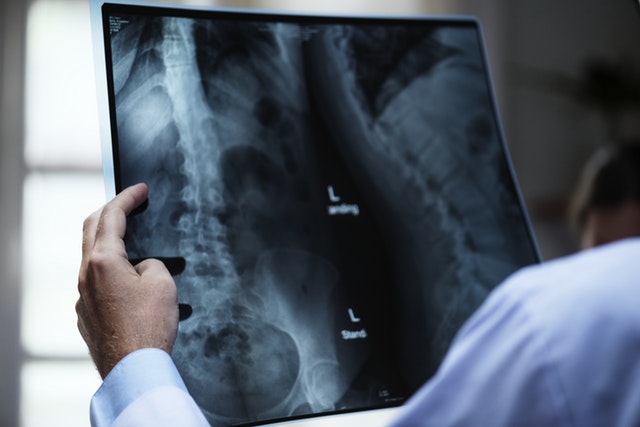Preparing for X-Ray/MRI/CAT Scan

X-ray involves exposing the part of the body to small dose of ionizing radiation to produce picture of the inside of the body. X-ray are the oldest and most frequently used form of medical imaging.
Safety tips prior diagnostic exam in radiology X-Ray/MRI/CAT Scan
- If you are pregnant or may be pregnant, please tell to your Doctor or technologist.
- Please leave your valuables at home or in your room in hospital.
- Please arrive at least 15 minutes prior to your appointment.
- Please let us know if you need a translator.
- Please bring a least of your current medication.
- If you have pacemaker, H/o kidney disease, Pregnancy, artificial heart valves, claustrophobia, Metallic implant, prosthesis etc. Inform your Doctor or technologist.
- Take off some or all of your clothing and wear a hospital gown.
- Remove metal objects, such as a belt, jewelry, dentures and eyeglasses, which might interfere with image results.
- Refrain from eating or drinking for a few hours before your scan.
Preparation for the Exam
- There is no special preparation for a diagnostic x-ray Exam.
- Technologist will verify identification and exam requested.
During the Exam
- The duration of the exam will vary but the average is about 15 minutes
- The technologist will position you on the exam table, and give you instructions.
- You will have the opportunity to ask the technologists questions.
After the Exam
- If you are going home, you may resume normal activities.
Preparation for MRI/CT scans
MRI is a noninvasive medical test that physician use to diagnose medical condition. This technique is used in radiology to form pictures of anatomy and physiological processes of the body in both health and disease.
CT scan is a computerized tomography (CT) scan combines a series of X-ray images taken from different angles and uses computer processing to create cross-sectional images, or slices, of the bones, blood vessels and soft tissues inside your body. CT scan images provide more detailed information than plain X-rays do.
Preparation before MRI/CT scans
- There is little preparation for an MRI/CT Scan
- Take your daily medications as you normally would, unless instructed.
- There are few dietary restrictions for an MRI or CT Scan
- Please arrive at least 30 minutes prior to your exam and check in with the receptionist.
- You will need to complete the MRI or CT Scan screening form.
- To eliminate possible MR safety issues, you will be asked to change into a hospital gown/ Dress, A locker will be supplied to secure your belongings.
- A technologist will verify your identification and the requested exam. Your screening form will be reviewed by the technologist in consultation with the radiologist if indicated. If MRI contrast is indicated for the exam, an IV catheter will be inserted in your arm by a nurse or technologist.
During MRI/CT Scan
- The duration of the procedure will vary but the average is 45 minutes to one hour per body part.
- You will be required to lie still during the actual MR scanning. Depending on the body part that is being examined, you may be instructed to hold your breath for up to 30 seconds.
- The magnet is permanently open on both ends. It is well lit and there is a fan for patient comfort. There is also a two way intercom system for communication between patient and technologist. The part of the body being scanned will be placed in the middle of the magnet.
- During the actual imaging, you will hear a loud intermittent banging noise.
- The technologist will also provide you with an alarm button to alert the technologist of any discomfort you may experience at any point during the MRI exam.
- Some MRI exams require an injection of intravenous MRI contrast. Inform the technologist if you experience any discomfort during the injection.
After MRI /CT scan
- If a dye injection is used, the IV is removed from the arm before you go home.
- Allergic reaction from dye is extremely rare. However, if you experience symptoms such as rash or shortness of breath, you should notify the technologist immediately if you are still at the imaging facility, or call your doctor or go to the nearest hospital if you have already left the imaging facility.
To read more on Patient Care, click on the link below.
Content Courtesy : Portea


